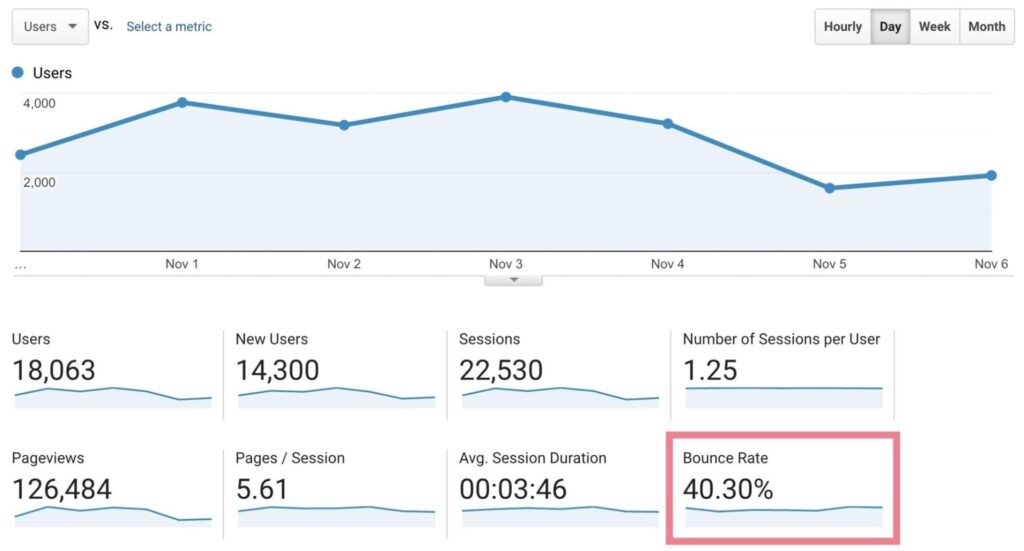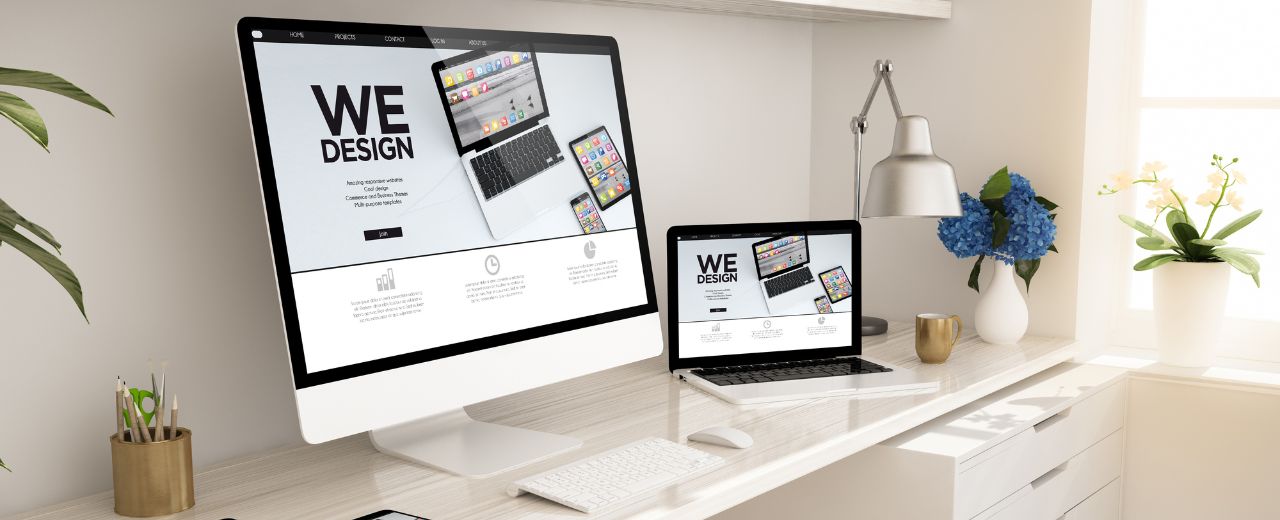A captivating website attracts and retains customers in today’s digital landscape. While 92% of business owners acknowledge websites as the most effective digital marketing strategy (Fundera), many small businesses (11%) fail to recognize their value. Surprisingly, nearly half of businesses allocate less than $10,000 per year to digital marketing efforts, and a considerable portion (1 in 10) do not invest in marketing. In today’s digital age, businesses compete to keep visitors engaged on their websites. A disjointed user experience can lead to high bounce rates and lost potential customers, especially during booking.
In this blog, we deep dive into the importance of keeping customers on your website for extended periods and discuss how embedding Ruoom’s online booking calendar can optimize engagement and drive business growth.
Understanding Bounce Rate: Why It Matters for Your Website
Bounce rate is a term that often pops up in discussions about website analytics and performance. But what exactly is it, and why is it crucial for your website’s success? First, let’s define it.
Bounce rate is a percentage metric measuring users who visit your website and then leave without navigating to any other page. In simpler terms, it measures the number of single-page sessions on your website. If your bounce rate is high, many visitors are “bouncing” off your site without engaging further.

Why is Bounce Rate Important?
- SEO Implications: Bounce rate is a significant factor for search engine optimization (SEO). Search engines like Google consider user behavior when ranking websites. A high bounce rate can suggest your website’s design or content is not engaging or relevant to visitors, potentially impacting its ranking on search engine results pages (source).
- Conversion Potential: Every visitor who bounces off your site represents a missed opportunity. A lower bounce rate means more visitors are navigating deeper into your website, increasing the chances of conversions and revenue-generating actions like making a purchase, clicking a blog post with affiliate links, or signing up for a newsletter (source).
Common Reasons for a High Bounce Rate
While there can be numerous reasons for a high bounce rate, some common culprits include:
- Non-relevant content that doesn’t match the user’s expectations.
- Slow website loading times.
- Poor website design
- Non-intuitive navigation.
- Intrusive ads or pop-ups.
Now that we understand bounce rate, we’ll cover why necessary adjustments to improve user experience and engagement are good for your organization.
Establishing Trust and Credibility
A well-designed website with intuitive navigation and visually appealing content builds trust and credibility with potential customers. By marketing your products or services professionally and organizing information effectively, your brand gains credibility in customers’ eyes. This trust can prove crucial in driving conversions and fostering lasting relationships.
Showcasing Expertise and Unique Value Proposition
Your website is a platform to showcase your unique value proposition and expertise. You position yourself as an authority in your field by offering comprehensive product details, industry insights, and engaging content like blog posts and testimonials. Demonstrating expertise strengthens your brand’s appeal, setting it apart from competitors.
Driving Conversion and Generating Leads
An engaged customer is more likely to convert into a lead or make a purchase. A customer who spends ample time on your website becomes familiar with your offerings and is more likely to respond to strategic calls-to-action (CTAs). Optimizing your website with clear conversion paths increases the likelihood of a customer taking desired actions, such as subscribing to newsletters or purchasing.
Improving Search Engine Optimization (SEO)
Enhanced customer engagement positively impacts search engine rankings. Search engines value websites that deliver a positive user experience. Longer customer stays indicate valuable content, resulting in improved organic traffic. Engaging customers through quality content and interactive features can boost your website’s visibility.
Enhancing Customer Experience and Engagement
Your website serves as a vital tool for customer engagement and communication. Interactions like live chat, contact forms, and social media integration facilitate direct customer interaction. Promptly addressing their queries and concerns enhances the customer experience, fostering loyalty and driving word-of-mouth referrals.
Boost Your Brand’s User Experience with Ruoom’s Embedded Appointment Software
Enter Ruoom’s appointment software. Unlike other booking systems that redirect users to external platforms, Ruoom’s software is embedded directly into your website using an iFrame. So, everything happens seamlessly within your website ecosystem when a customer decides to reserve a service or appointment: no more redirections or confusing interfaces. By integrating our appointment software, you reduce bounce rates, boost conversions, and enhance brand loyalty.
Your branding comes first
We understand the power of brand visuals. A consistent brand image can instill trust and enhance user experience, which is why Ruoom’s online booking calendar is fully customizable. Do you want it to match your brand colors? Consider it done. This simple design option ensures that your customers enjoy a cohesive and branded booking experience from start to finish.
Free, forever, for single-member teams
The best part? Ruoom is free, forever, for single-member teams. As your business grows, we scale with you, offering competitive pricing tailored to your needs. Why wait? Dive into a low-risk, free trial today and discover how Ruoom’s appointment software can revolutionize your small business’s online experience. Try Ruoom for free today!
